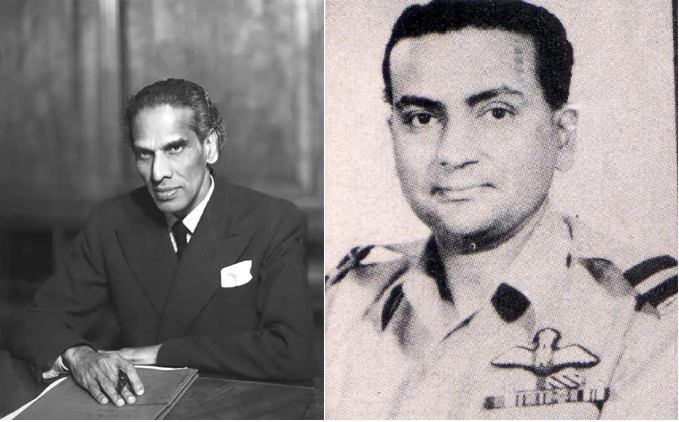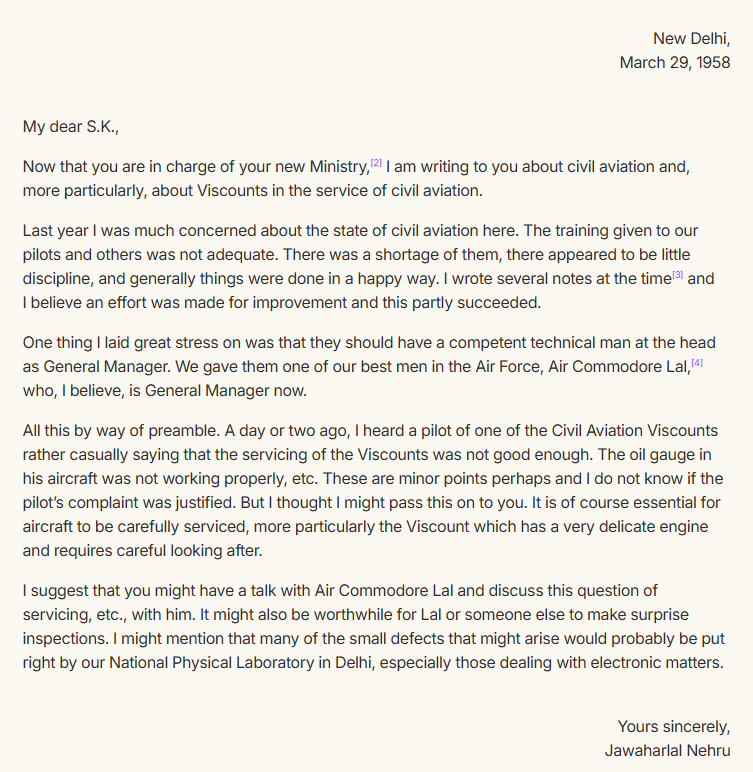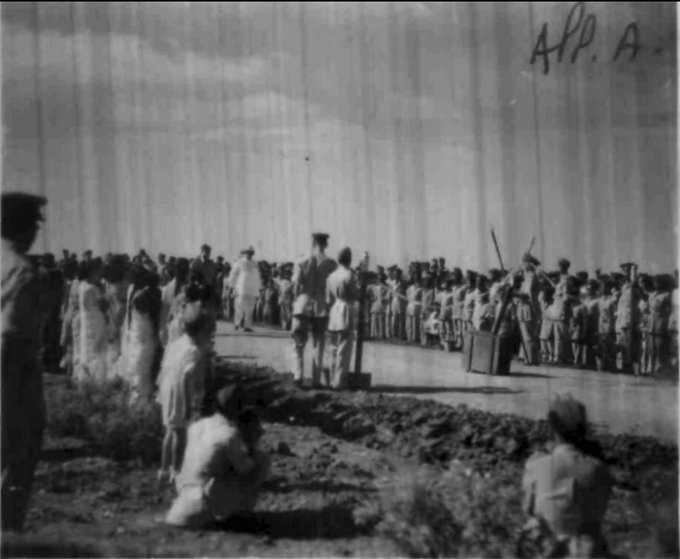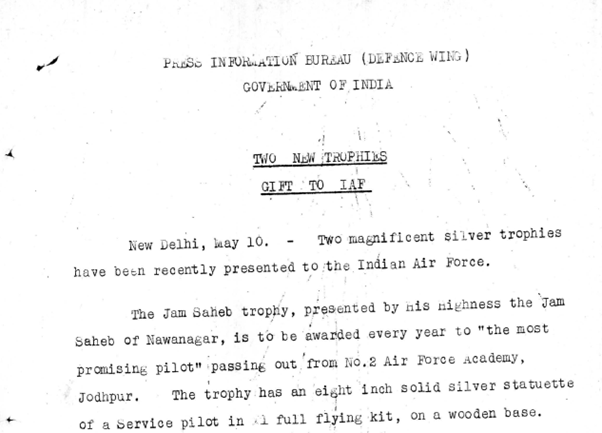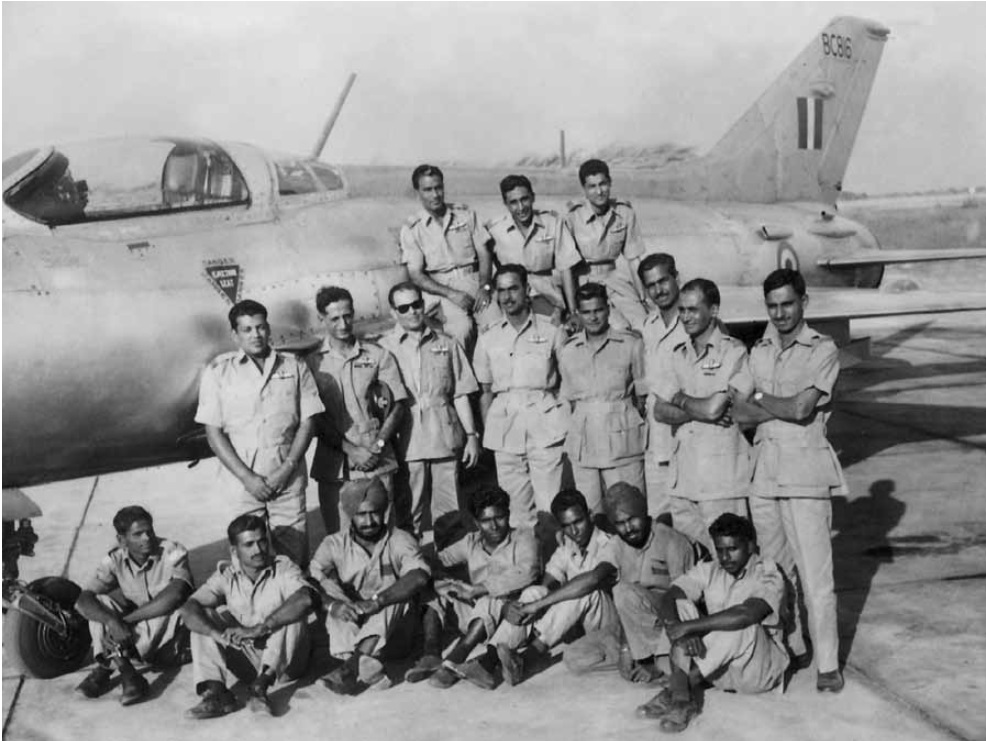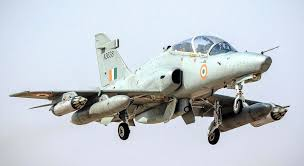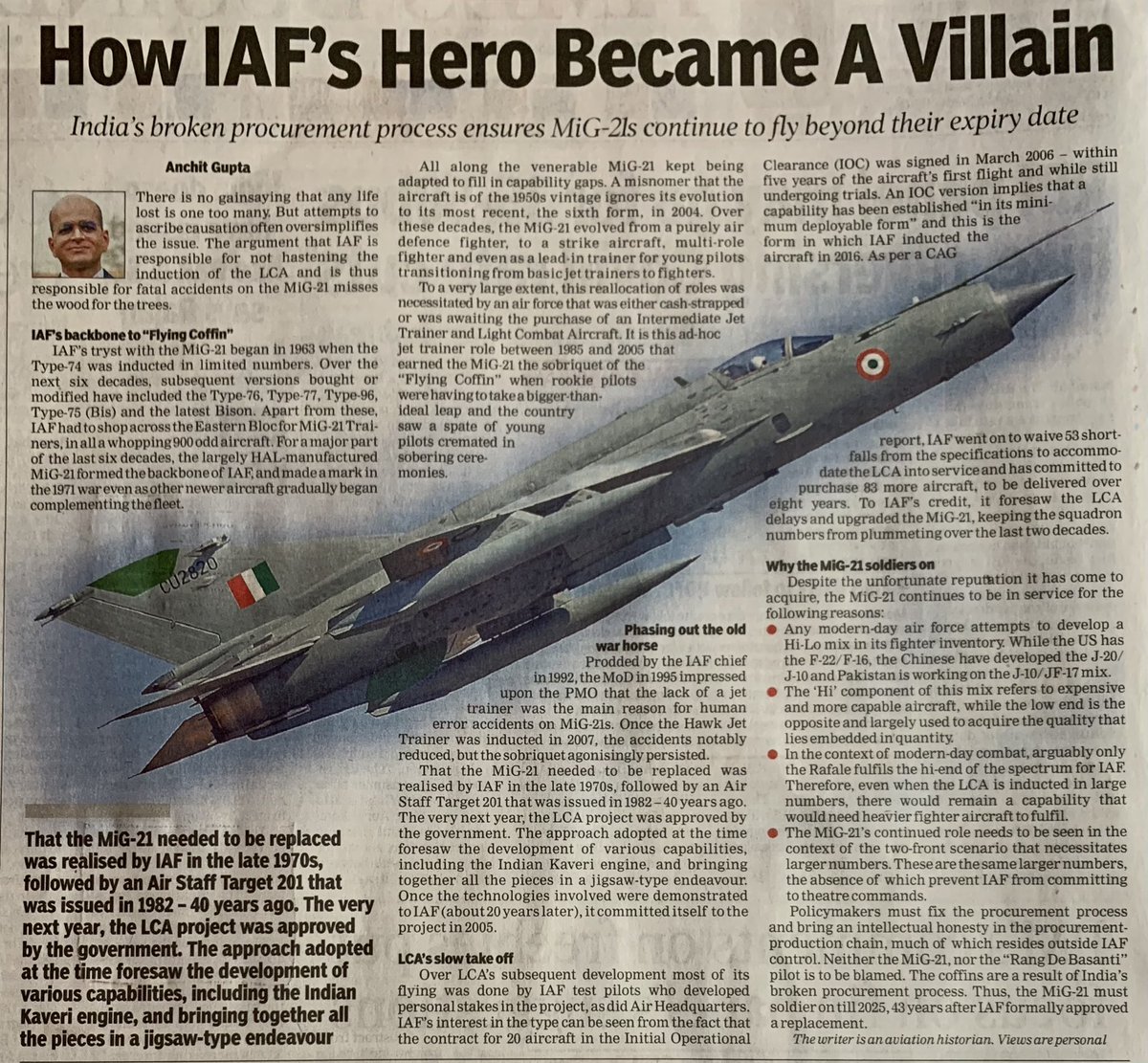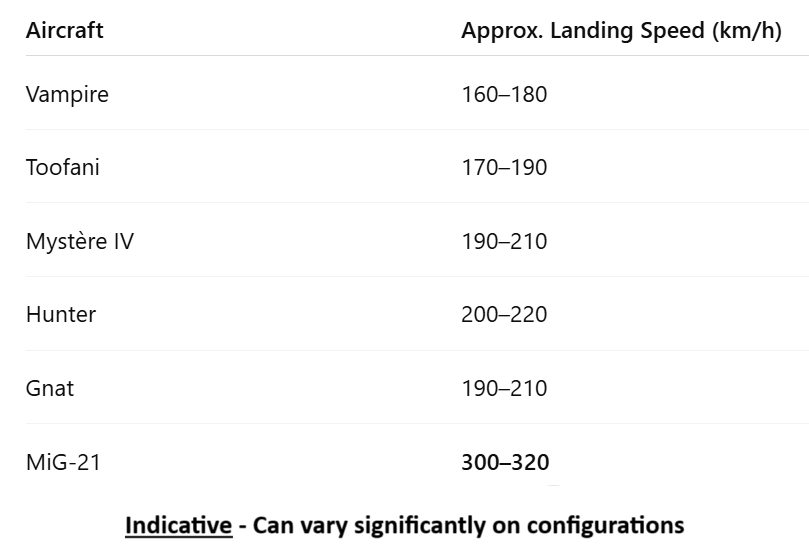In the demise of 93-year-old Wg Cdr JM Nath yesterday, @IAF_MCC lost its most decorated officer alive, awarded with "MVC & Bar". The award nomenclatures often confuse us. This thread attempts a simple, abridged & demystified history of awards in the IAF. #IAFHistory (1/23) 

Between 1937 and 2022, IAF officers and airmen were awarded as many as 5,100 awards. An average of 60-75 per year, but as high as 600 during the years of wars. 2/ 

Before 1947, IAF did not have a unique "Indianised" system of awards and followed the British system. In fact, awards for IAF officers were approved through the usual chain from Air Ministry to Air Headquarters. 109 awards were made between 1937 and 1946, mainly for WWII. 3/ 

IAF officers and men distinguished themselves in war and peace, clocking up many firsts in the North West Frontier Province, Burma Campaign, and even in the European theatre. 4/ 

Post indep, IAF played a pivotal role in Kashmir War. However, the new award system took a while, & awards were only made out in 1950 retrospectively. The new award system had two broad categories - Awards for acts of Gallantry and awards for devotion to duty. (3 by 4 Matrix) 5/ 

IAF was awarded 4 Mahavir Chakras (MVC) , 29 Vir Chakras (VrC), and 106 M-in-D for 1947 Ops - an incredible feat for an under-staff and under-equipped force. Moreover, most of the laurels were earned by its newest acquisition - the Dakota sqn crews. 6/
https://twitter.com/AnchitGupta9/status/1548525296369876992
Mehar Singh was awarded the MVC as the overall in-charge of IAF's war plan and personally taking up dangerous missions. With his DSO during Burma Campaign in 1944, he became the first "MVC & Bar" equivalent (assuming DSO = MVC). 7/ 

In 1952, two IAF airmen were awarded Kirti Chakras for their role in nabbing Mahatma Gandhi's assassin. 8/
https://twitter.com/AnchitGupta9/status/1487622554181197831
In 1953, IAF earned its first Ashok Chakra - The highest peacetime Gallantry award. Only two more Ashok Chakras were awarded to IAF. 1984 to Rakesh Sharma for the mission to the moon and in 2017 to Cpl JP Nirala for his bravery with RR in Kashmir. 9/

https://twitter.com/AnchitGupta9/status/1536354715142787073

Between 1954 - 1961, a total of 20 awards were handed out. 1962 onwards, this changed with an average of 35-40 awards being given - including Gallantry in Congo Ops & the China War. This included the first PVSM (To Harjinder Singh) & First "VrC & Bar" 10/
https://twitter.com/AnchitGupta9/status/1627227395202883591
The 1965 war again had IAF personnel rising to the occasion - they chalked up 4 MVC, 44 VrC, and 119 M-in-D for gallantry. This also saw the first time IAF officers were awarded civilian awards - Padam Vibhushan, Padma Bhushan & Padma Sree. In all, IAF would get 10 of these. 11/ 
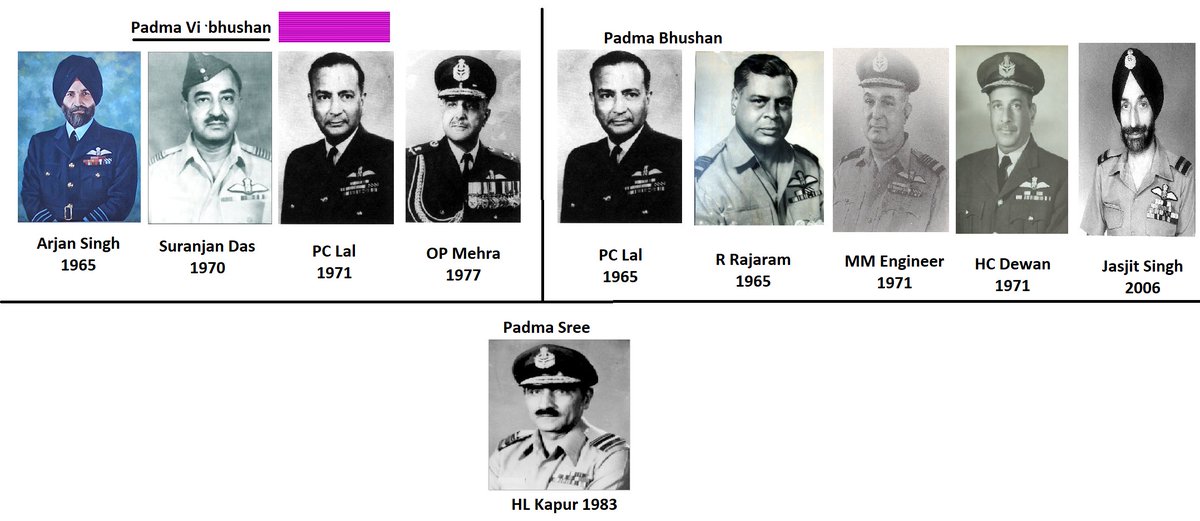
1965 also saw IAF get its first "MVC & Bar". JM "Jaggi" Nath had got the first MVC in 1962 ops flying the Canberra of 106 Sqn. His award in 1965 was for the same 106 Sqn. 12/ 

The 1965-71 war era saw an average of 50 peacetime awards, such as KC, SC, PVSM, AVSM, VM, and VSM, being awarded every year. 1971 was IAF's brightest moment getting 11 MVC, 102 VrC, and 100s of other awards. In fact, just in the year 1972, IAF won 640 awards. A record. 13/
1971 war produced the second and last "MVC and Bar" for the IAF. Padmanabha Gautam won MVC in 1965 and repeated the feat in 1971. Incidentally, both MVC & Bar went to Canberra pilots! Sadly, Gautam was lost in a crash in 1972. 14/ 

The epitome of IAF's glory was when Nirmaljit Singh Sekhon was awarded the highest gallantry award - Param Vir Chakra (PVC) in 1971 war. This remains to this date, the only PVC ever awarded to an IAF officer. 15/ 
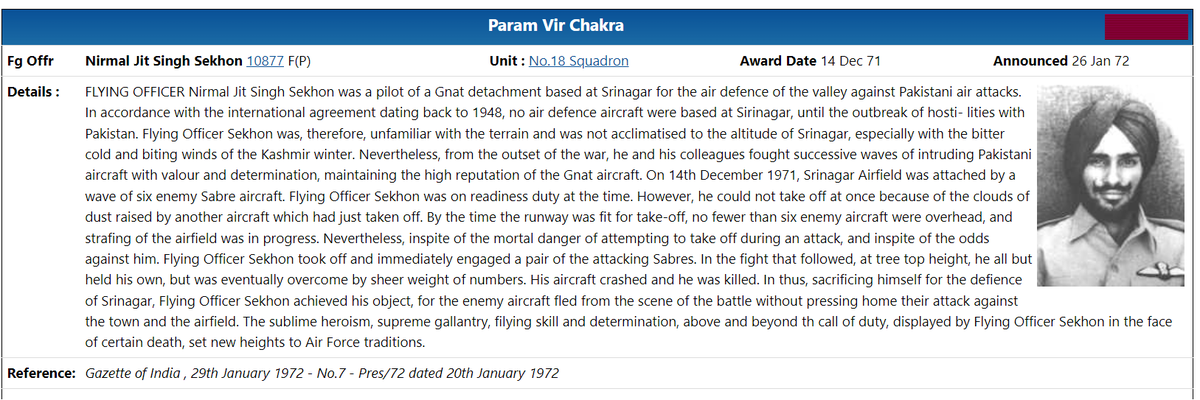
In 1980, to distinguish wartime (Devotion to duty) awards from peace-time awards, the Govt of India instituted the Sarvottam, Uttam, and Yudh Seva Medals. The equivalent of PVSM, AVSM, and VSM, respectively. 16/ 

IAF got its first such award in 1989, when Air Cmde MMS Vasudeva, head of the Air Force Cell handling IPKF Operations, was awarded Uttam Yudh Seva Medal. Across 1988-1991, IAF was awarded 1 UYSM, 10 VrC, and as many Yudh Seva Medals for Sri Lanka Ops. 17/ 

IPKF Ops were largely Heliborne, but the Chopper boys were not done yet. They chalked up many more Vir Chakras in the next decade for Op meghdoot (Siachen Ops) and UN peace missions. IAF's Heptr Fleet had come off-age in the face of enemy action. 18/ 

OP Meghdoot - the longest-running Op in Indian military history has also resulted in significant contributions from IAF - namely from its 114 HU and consequently is the most awarded unit. A thread on them here. 19/
https://twitter.com/AnchitGupta9/status/1558718651888390144
IAF next saw action in the 1999 Kargil War and was awarded generously. They won 1 Sarvottam Yudh Seva Medal (only 3 ever given across all services), 2 Vir Chakras, 5 Yudh Seva Medals, 75 M-in-D, and more than 40 Vayu Sena Medals. 20/ 

In the 5100 awards lie many interesting snippets - such as an Air Force officer receiving "Sena Medal". For full details, I recommend reading Air Marshal Bharat Kumar's "Courage & Devotion to Duty : A Chronicle of IAF’s Honours and Awards". 21/
https://twitter.com/AnchitGupta9/status/1527193495990988800
There is no yardstick to measure who has been the most awarded officer in the IAF - since peacetime and Gallantry awards cant be compared. But if I were to hazard a guess, Minoo Engineer will take that spot. 22/
https://twitter.com/AnchitGupta9/status/1500110788316459010
This abridged history of awards in IAF, has skipped many daring acts of bravery, keeping the platform in mind. A comprehensive and meticulous job has been done by @vayusena tracking each and every award and citation here - bharat-rakshak.com/IAF/Database/A…
A must-visit. 23/23
A must-visit. 23/23
• • •
Missing some Tweet in this thread? You can try to
force a refresh


